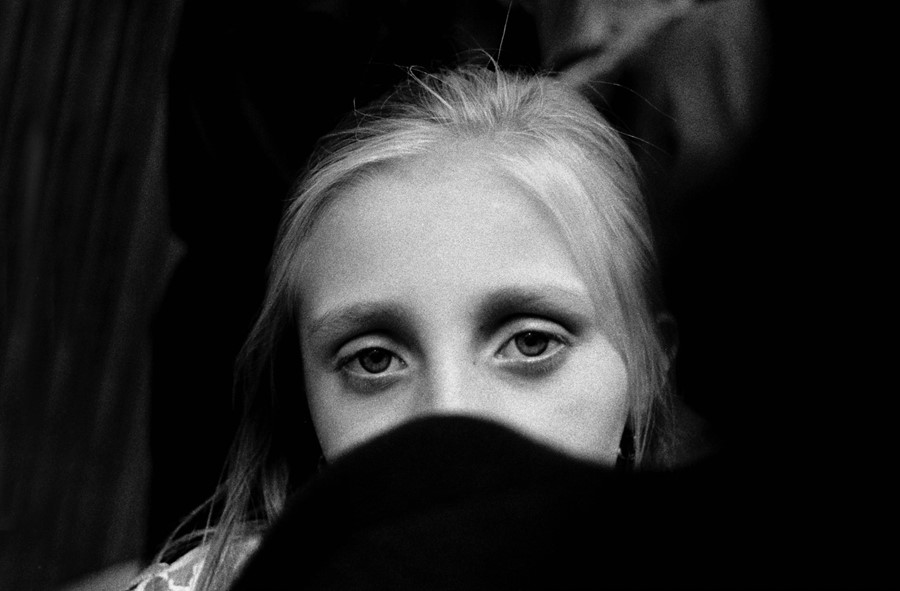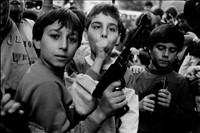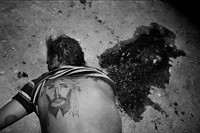Over the course of her 20-year career at a Sicilian newspaper, photographer Letizia Battaglia shot 600,000 images of the brutal scenes left behind by the Italian mafia
What is it about the Italian mafia? Despite their well-documented violence, cruelty, drug dealing and corruption, mobsters both real and fictional, from Al Capone and the ‘Dapper Don’ John Gotti to The Godfather and Tony Soprano, have been romanticised and even glorified in mainstream media. Within the American imagination in particular, organised crime has taken on a patina of respectability: rather than thugs, mafiosi are the well-dressed enforcers of order in a world in which the police cannot be trusted.
Letizia Battaglia has worked tirelessly to banish this misconception. For 19 years, she was the principal photographer for leftwing Sicilian newspaper L’Ora and her beat was Palermo – battleground for the deadly Cosa Nostra wars of the late 70s and 80s. At this time, the Sicilian capital was ravaged by the rise of the Corleone and Stidda clans and their indiscriminate campaign of violence and terror. Battaglia’s images showed the reality of life under the mob – a society ripped apart by the daily incursion of death; murder made mundane and poverty coming as standard.
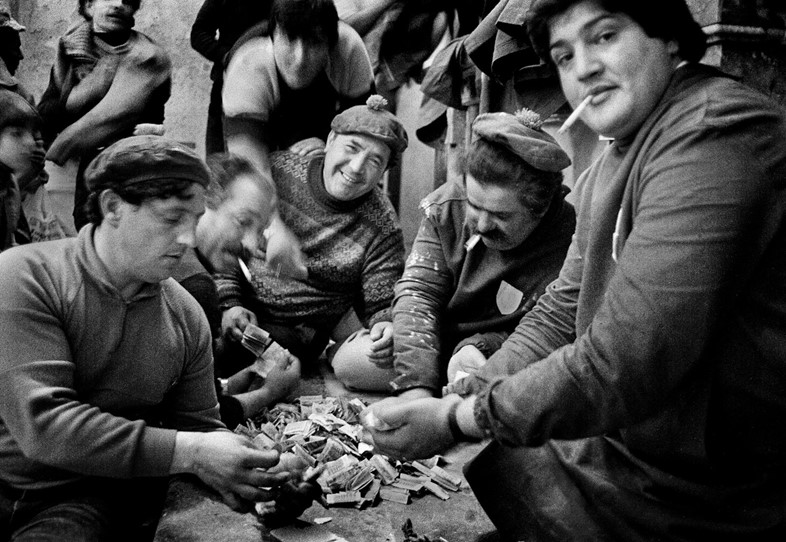
Battaglia started as a journalist, but taught herself photography to better sell her stories. She was born in Sicily in 1935, and married at 16 before moving to mainland Italy. Following the collapse of her marriage and a stint in Milan where she met her long-term partner (Magnum photographer Franco Zecchin) she returned to Palermo in 1974 to join the staff of L’Ora. These images are at the heart of a glorious retrospective entitled Just for Passion, now on at Fondazione Maxxi in Rome.
Her focus for the newspaper – the mafia – was an unrelenting subject. Her days were spent whizzing through the narrow streets on a moped capturing the aftermath of murders. There seemed no limit to the violence. On a single day she could see up to five crime scenes, with victims ranging from politicians to prostitutes, mob traitors to children. Over 19 years she would shoot 600,000 images, creating, as she called it, “an archive of blood”. And it made a huge difference. In 1993, police searched her archive of images and found two shots of the seven-time prime minister of Italy, Giulio Andreotti, consorting with infamous mob boss Nino Salvo – a man he had claimed never to have met.
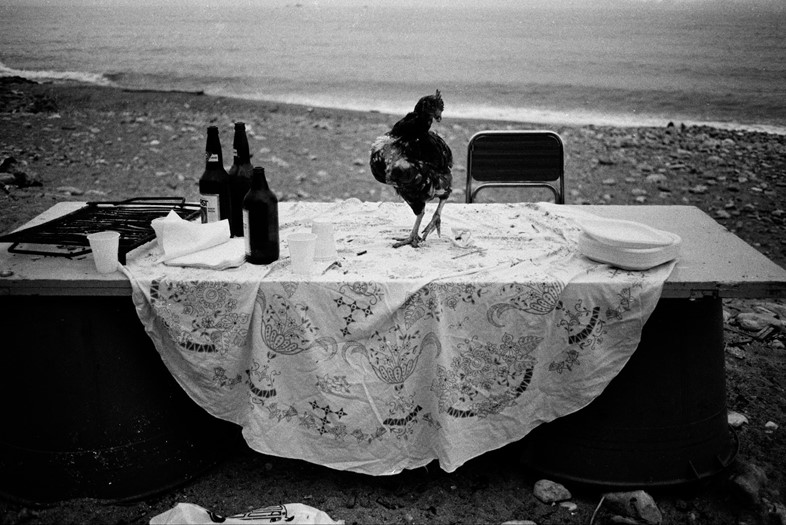
Battaglia believes there is something embattled about the Sicilian mindset that comes from being an island ruled from the mainland, never in charge of its own destiny. Speaking to Vice, she said, “I think we are a people who could not choose our own freedom for ourselves.” Her photography tells the story of the infinite complexity of the Italian system, one where organised crime is so profoundly entangled with politics and society that separation in the minds of the people is a near impossibility.
In response, Battaglia bore witness; subsequently creating a clear-eyed portrait of mindless violence more powerful than any invective. By presenting the corpses slumped in their houses or gunned down in the streets, she waged a war of awareness, demonstrating the vulnerability of every person in the city and wiping away any suggestion of glamour.
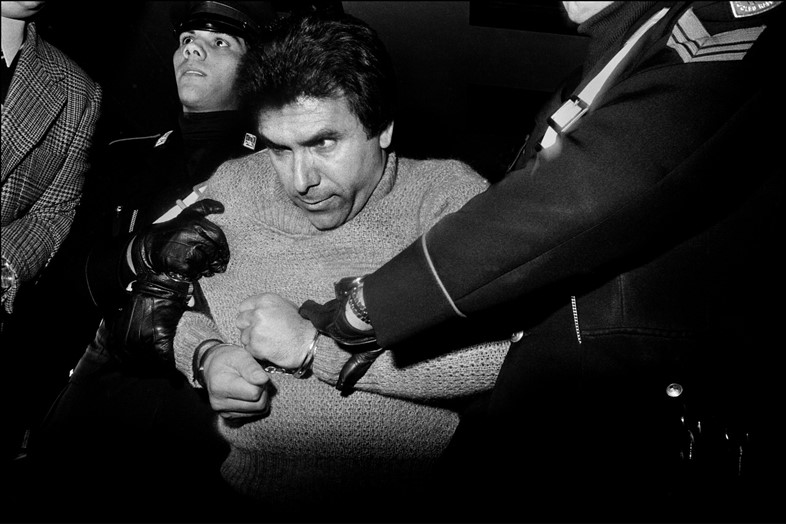
Battaglia’s focus on the mafia ended somewhat abruptly with the shuttering of L’Ora in 1992. The same year, the Cosa Nostra murdered two of their fiercest opponents – judges Giovanni Falcone and Paolo Borsellini – resulting in a major crackdown from the government and the arrest of several high-ranking figures in the organisation. It marked the end of the extreme violence that had dominated Palermo for nearly two decades, and therefore a victory for Battaglia. Yet any sense of victory is muted, as the mafia have gone underground. They no longer kill indiscriminately, but that is because they don’t have to, so embedded are they into the fabric of the establishment.
Today, at 81, Battaglia is still taking photos. Her focus is no longer political, but it is still passionate – in particular she is inspired by young women in whom she finds expressions of her own hopes and dreams. She continues to bear witness to a world that is random and cruel, but now she looks for hope rather than despair.
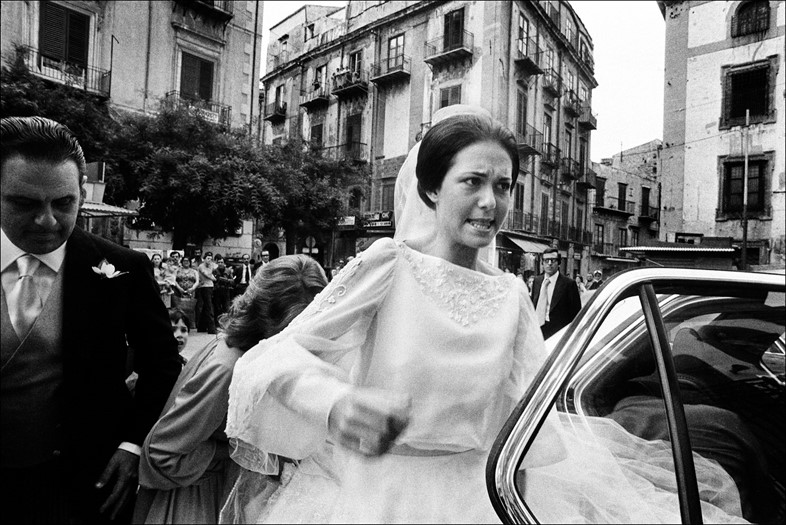
Letizia Battaglia: Just for Passion runs until April 17, 2017 at Fondazione Maxxi, Rome.
